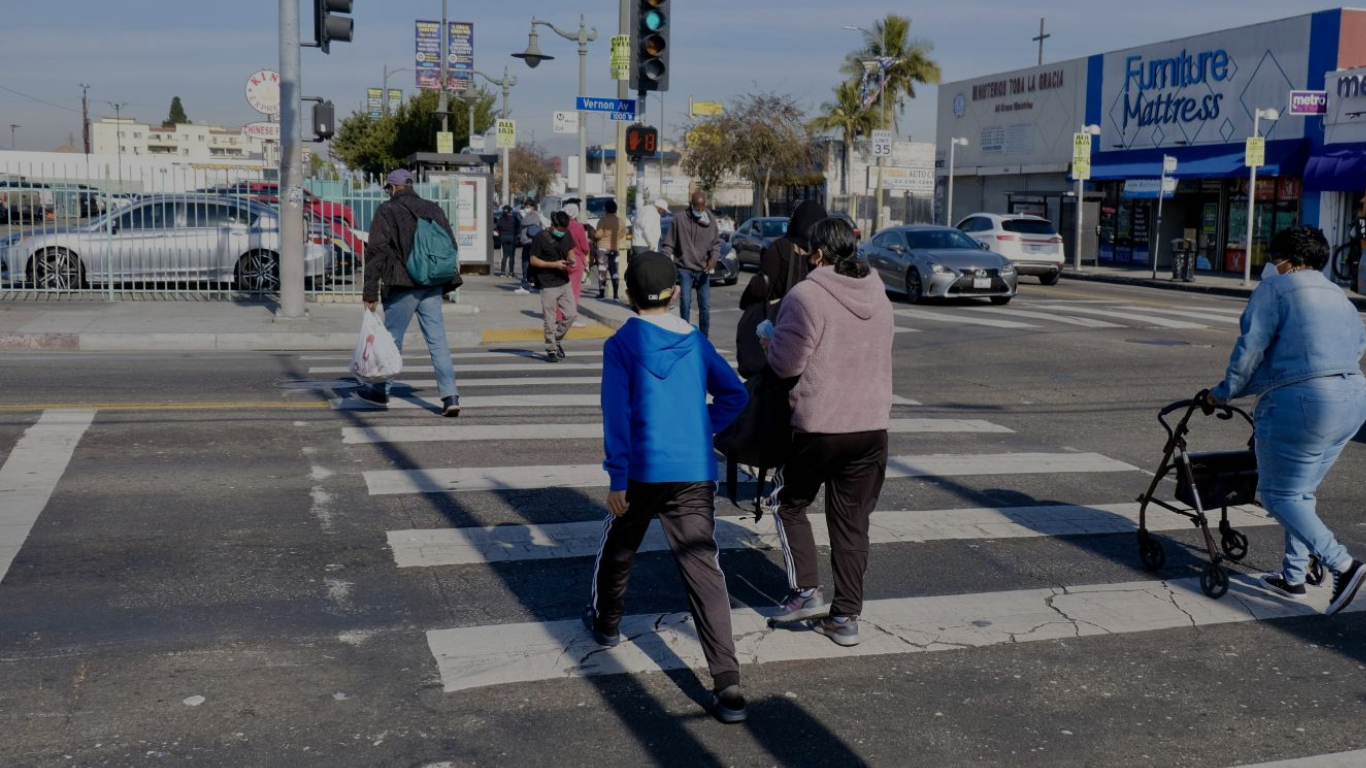Do Pedestrians Always Have the Right of Way in LA Traffic?
People crossing a busy Los Angeles intersection with street signs, cars, and shops in the background.
When you're walking or driving around Los Angeles, it's crucial to understand the rules surrounding Pedestrian Rights in Los Angeles, especially since the city is known for its heavy traffic and bustling streets. One common question that often comes up is: Do pedestrians always have the right of way in LA traffic? The short answer is no, pedestrians don’t always have the right of way, but there are key situations in which they do.
Pedestrians at Crosswalks
In California, pedestrians generally have the right of way at crosswalks. This is a fundamental rule for pedestrian safety. Whether the crosswalk is marked with lines or not, if you're crossing at an intersection, you're still considered to be in a crosswalk, and drivers are required to stop and allow you to cross safely. This is especially important to understand in busy cities like Los Angeles, where foot traffic and vehicle traffic intersect frequently.
Pedestrians Outside Crosswalks
When it comes to pedestrians outside of crosswalks, the rules change. In these instances, pedestrians do not automatically have the right of way. While drivers are still obligated to be cautious and avoid hitting pedestrians, they are not legally required to stop for someone crossing the street away from a designated crosswalk. Pedestrian Rights in Los Angeles are more limited in these situations, and pedestrians should be extra vigilant when crossing in unmarked or non-designated areas.
Turning Cars and Pedestrian Right of Way
Another critical aspect of Pedestrian Rights in Los Angeles concerns turning vehicles. While pedestrians may have the right of way, it doesn’t mean drivers cannot proceed if there's no pedestrian in their path. For example, if a car is turning right on a red light and the crosswalk is clear, the driver can move ahead. However, if a pedestrian is in the crosswalk or about to cross, the driver must stop and yield to the pedestrian, regardless of whether the light is green for them.
What About When the Light is Green?
When the traffic light turns green for drivers, pedestrians do not automatically have the right of way. If you're a pedestrian attempting to cross the street when the light is green for vehicles, you should wait for the signal to change or ensure it’s safe to cross. This is especially important in places like Los Angeles, where cars move quickly and pedestrians may be caught off guard. Even when the light is green, drivers should still be on the lookout for pedestrians and be prepared to stop if necessary.
Why Knowing Pedestrian Rules Matters
Understanding Pedestrian Rights in Los Angeles is crucial for both pedestrians and drivers to help prevent accidents and ensure everyone’s safety. In Los Angeles, it's crucial for pedestrians and drivers to follow traffic rules, especially when in a rush. Pedestrians should cross at designated areas and ensure safety before entering the street, even when they have the right of way. Drivers should be cautious, especially in heavy foot traffic or areas where jaywalking is common. Safety on the roads in LA depends on respecting each other's rights and responsibilities. Pedestrians have the right of way in key situations, and following road rules and staying aware of each other's movements is essential for a safer city.
If you’ve been involved in a pedestrian accident or need legal advice regarding your rights as a pedestrian in Los Angeles, don’t hesitate to reach out to Crowley Law PC. Our experienced team is dedicated to helping individuals navigate the complexities of personal injury cases, ensuring your rights are protected and that you receive the medical treatment you need and the compensation you deserve.
Here to make it right when you’ve been wronged!
Crowley Law PC
